Accelerated Computing and the Evolution of Service as Software
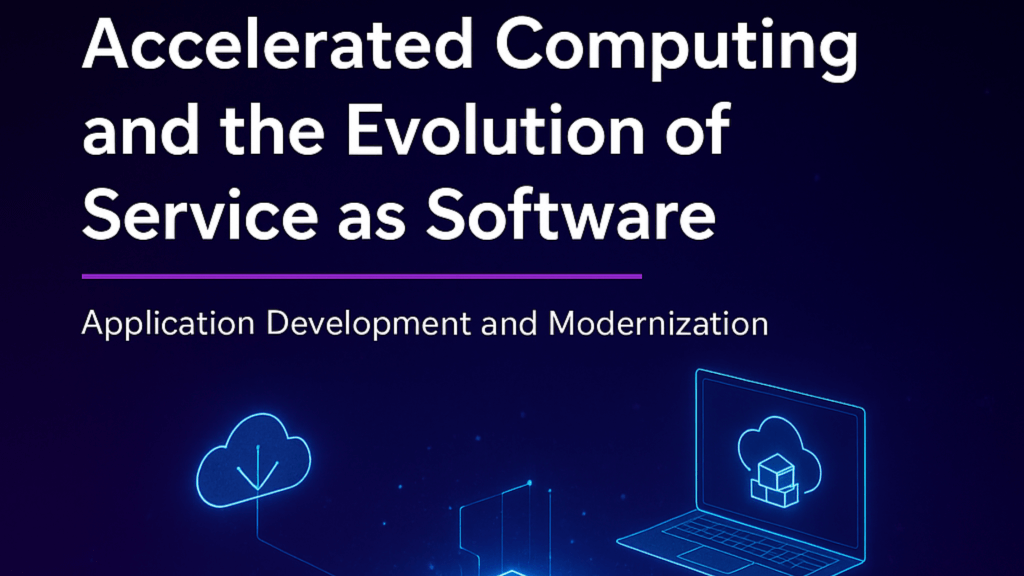
Accelerated computing, platform engineering, and DevSecOps are converging to reshape how software is built, secured, and delivered.
296 | Breaking Analysis | AI Factories – Data Centers of the Future
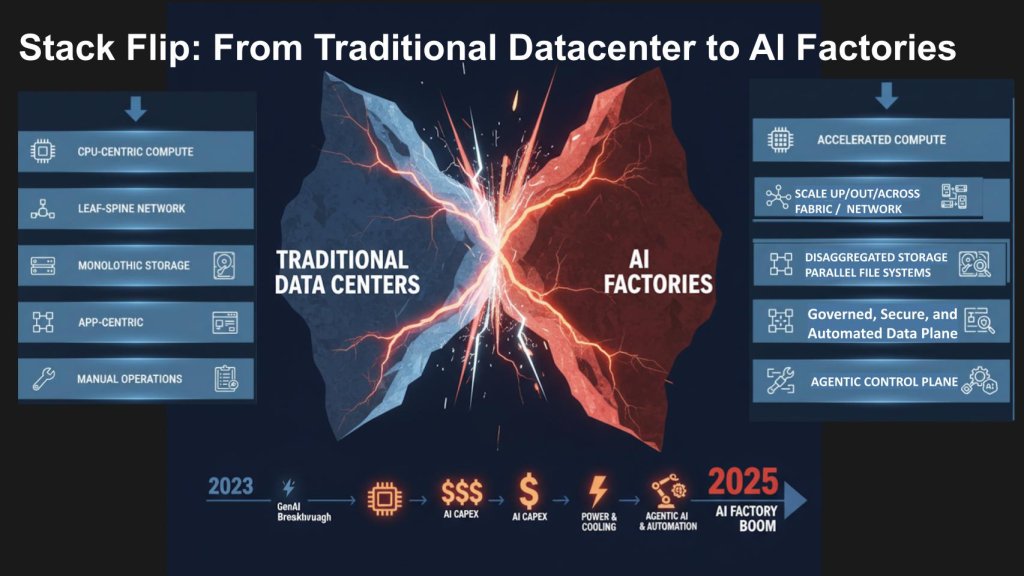
The data center as we know it is being re-imagined as an “AI factory” – a power- and data-optimized plant that turns energy and information into intelligence at industrial scale. The tech stack is flipping from general purpose CPU-centric systems to GPU-centric accelerated compute, optimized for parallel operations; and purpose built for AI. Network fabrics are most critical to this transition with supporting elements such as disaggregated storage, governed data planes, and a shift from app-centric operations to an agentic control plane that orchestrates models, tools, and process workflows. Simply put, investments in general-purpose computing are rapidly shifting to extreme parallelism, scale-up/scale-out/scale-across networking, and automated governance built for AI throughput
Special Breaking Analysis: The Hidden Fault Domain in AWS — Understanding Control Planes and Availability Zones

The AWS outage on October 20–21, 2025 in the early morning ET hours exposed a systemic vulnerability whereby even pristine multi-AZ designs don’t protect you from a shared control plane and DNS path failure. Our understanding is that the incident is a function of an architectural coupling to US-EAST-1 for identity, service discovery, and API orchestration. Specifically, while availability zones do exactly what they were designed to do – i.e. absorb intra-region physical failures – they don’t defend against logical, cross-AZ control-plane dependencies. Enterprises should not equate multi-AZ with business resilience as and must reframe their thinking around fault-domain isolation across regions (and, where justified, clouds), with clear strategies for DNS, identity, and service-discovery dependence.
Eliminating Setup Debt and Governing AI Workflows
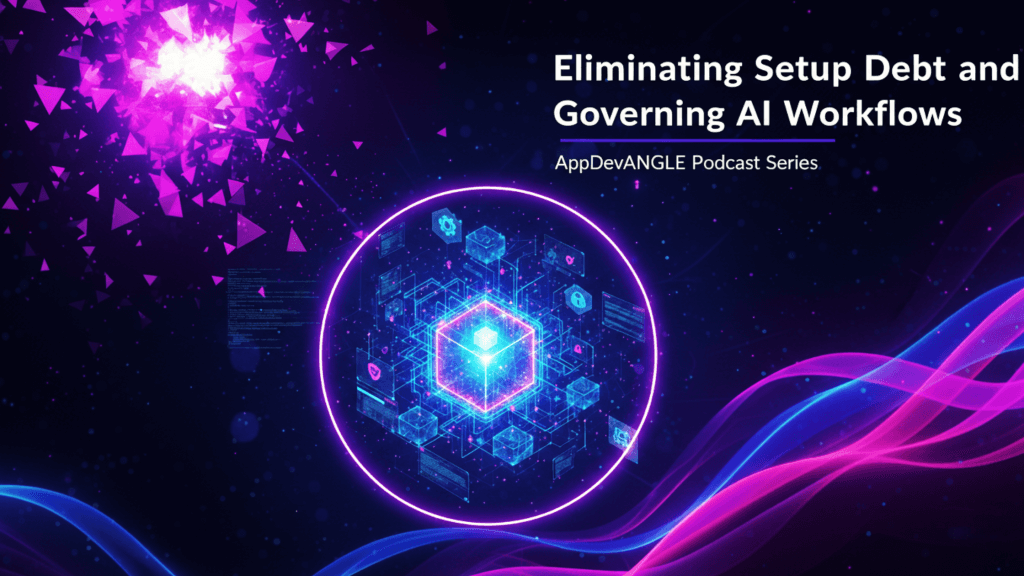
Developer setup debt is slowing innovation and increasing risk. Discover how governed, ephemeral environments—and platforms like Coder—are transforming AI development through reproducibility, compliance, and speed at scale.
Special Breaking Analysis: IBM’s Technology-Arbitrage Play – Turning Agentic AI and Durable Platforms into Enterprise Outcomes

We believe IBM is attempting one of the more underappreciated pivots in enterprise AI. Specifically, we’re talking about a shift from traditional labor-arbitrage services to technology arbitrage, where value is created by packaging agents, durable platforms, and domain IP into repeatable outcomes. The story isn’t that “IBM has AI.” Everyone has AI. IBM’s promise is to deliver outcomes at the workflow level across regulated, complex environments. In particular, situations where time-to-value, policy, and sovereign constraints dominate buying decisions. Our assessment based on recent conversations with the company and several of its customers indicates this messaging aligns with enterprise priorities within demanding industries. IBM is focusing on mission-critical workflows, blending deterministic systems of record with probabilistic systems of intelligence.
Dreamforce 2025 Developer Impact and the Rise of the Agentic Enterprise
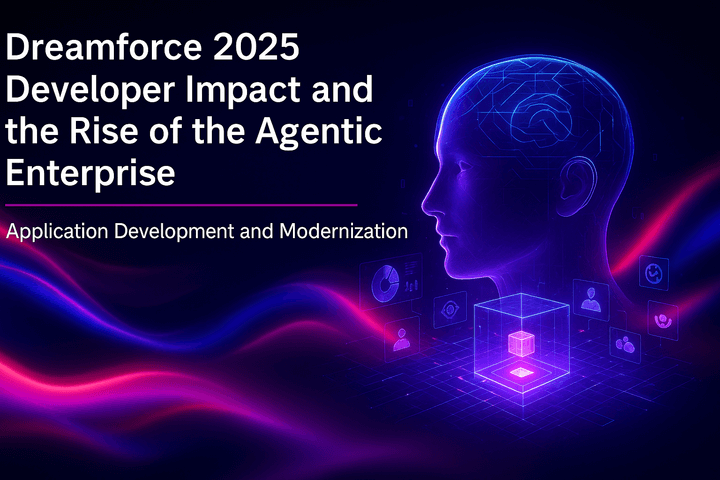
Explore how Dreamforce 2025 redefines developer roles with AI, low-code, and the Agentic Enterprise vision.
295 | Breaking Analysis | Salesforce’s Next Era – The Agentic Enterprise
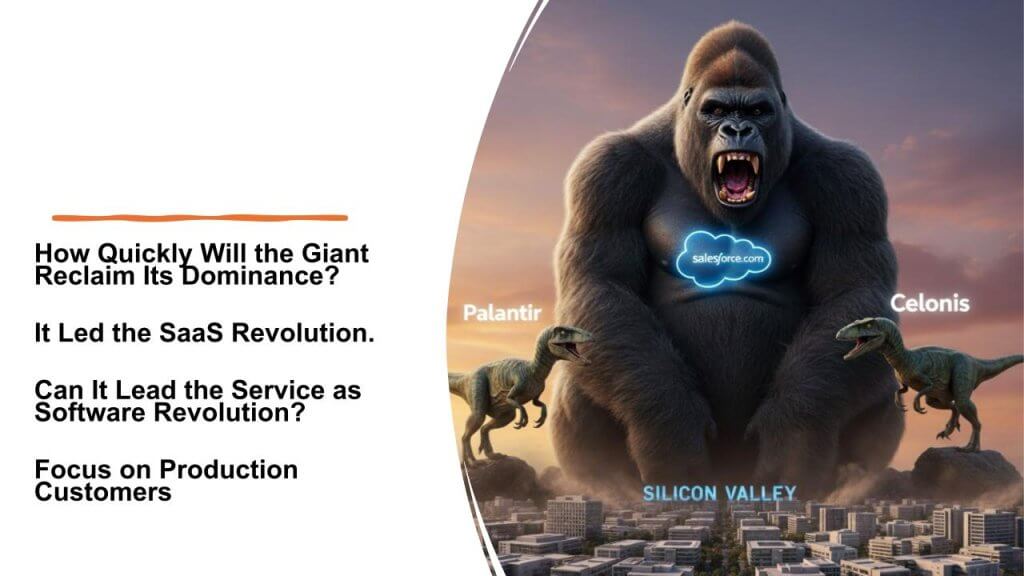
Salesforce is moving from the hype phase of generative AI into doing the harder engineering work to create the agentic enterprise. Dreamforce 2025 showed us that the company which created the original SaaS model now wants to lead what we call service as software. In our view, this represents a profound revolution, not just in technology but in business. In a world where AI agents deliver outcomes across systems of record, systems of engagement and systems of intelligence. Our assessment is that Salesforce’s AgentForce 360 platform is crossing day one early version to attack day two problems and customer requirements. What does that mean? It’s no longer just demoing copilots inside Customer 360. Rather, the company is going after the messy problems of observability, orchestration, data quality, etc. that determine whether agent systems can scale in the enterprise.
The Widening AI Value Gap: How to Close the Gap Before It’s Too Late
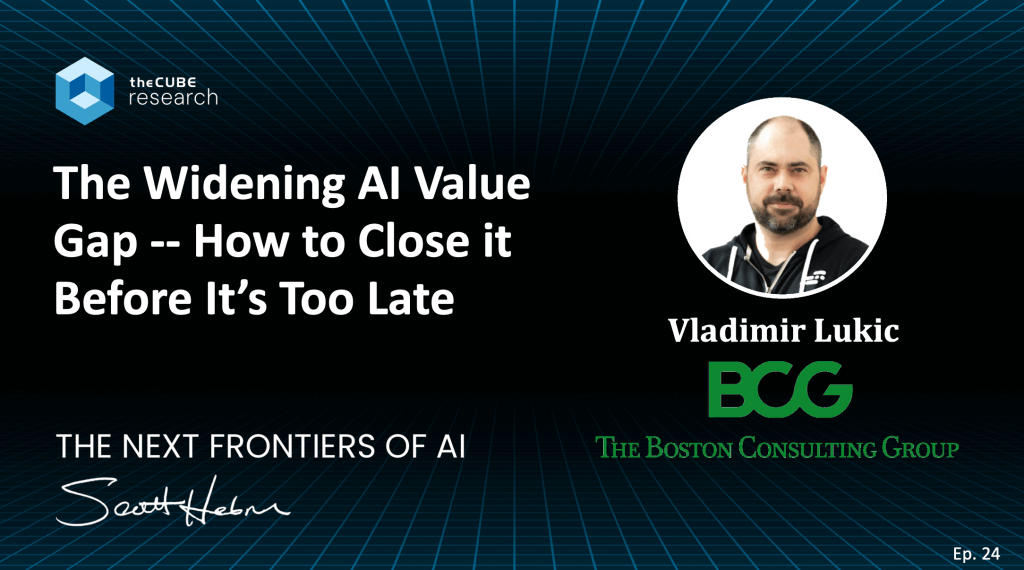
In this episode of The Next Frontiers of AI, host Scott Hebner, Principal Analyst for AI at theCUBE Research, sits down with Vladimir Lukic, Global Leader of the Tech & Digital Advantage Practice at Boston Consulting Group (BCG) to explore one of the most urgent questions in enterprise AI today: Why are only 5% of companies realizing real value from AI, while the rest are falling further behind? And more importantly, what can companies do to remedy this problem before it’s too late.
Securing AppDev in the AI-Explosion

As AI workloads surge, traditional security tools are failing to keep up. Gigamon’s Chaim Mazal explains why deep observability—rooted in immutable network telemetry—is essential to secure autonomous, AI-driven applications across hybrid and multi-cloud environments.
